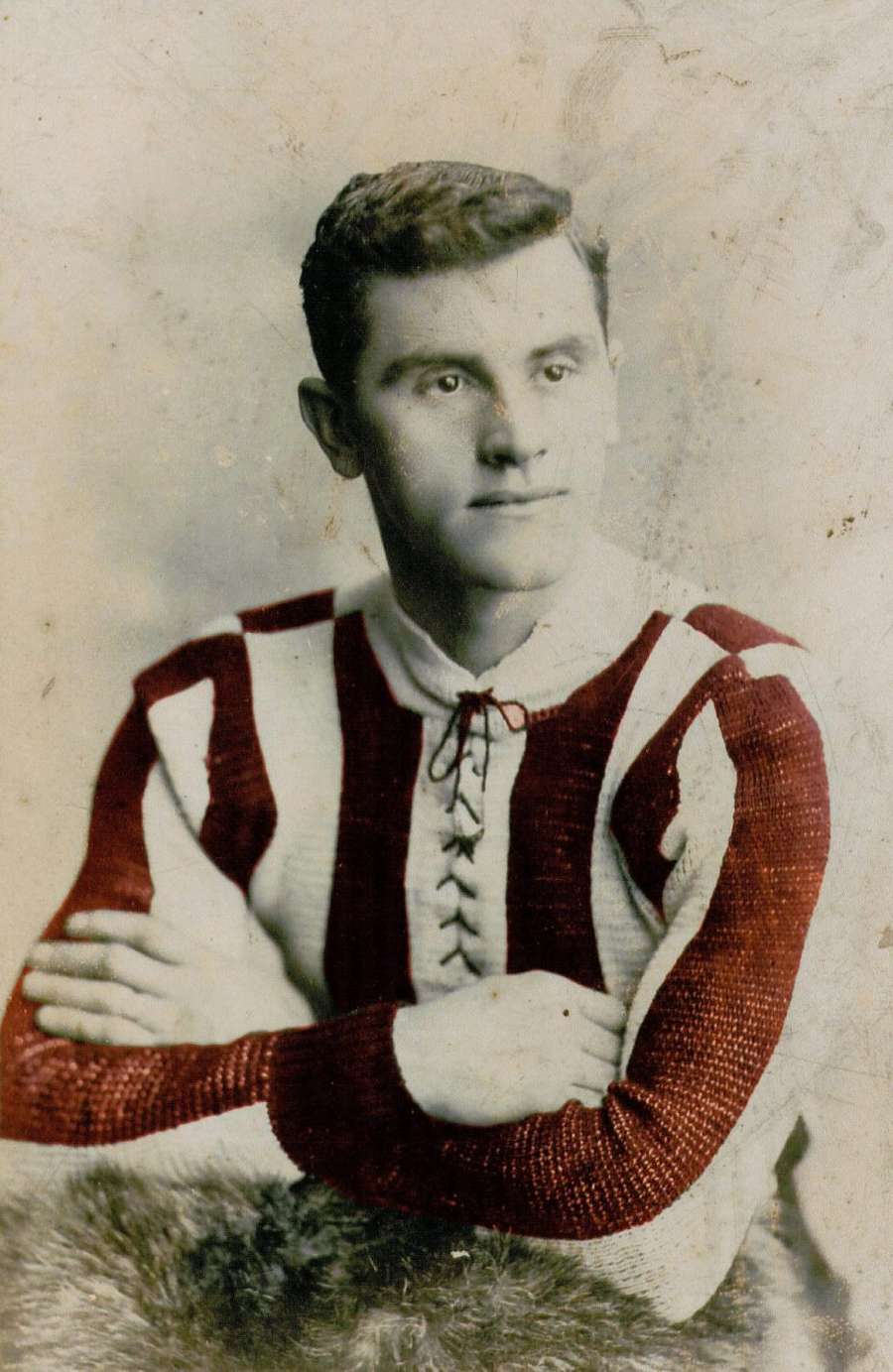The Panenka
As a Czech company, we can't start the list of players and their iconic stunts with anyone other than Antonin Panenka.
"Panenka" is a specific style of penalty kick where the taker just gently chips the ball down the middle and it floats over the line while the goalkeeper is already diving to one side. Its inventor, Czech striker Antonín Panenka, used it in a penalty shootout in the Euro 1976 final, which made it all the more daring. Thanks to Panenka's goal, Czechoslovakia defeated West Germany to become European champions.
Many players have since tried the "Panenka", which is rarely known by any other term. Paradoxically, in its country of origin, the Czech Republic, it is more often called the "Vrsovice longball" - after the Prague district of Vrsovice, where Panenka's home club Bohemians is based, and where the man himself invented and practised his kick.
In addition to the penalty, a football magazine is also named after him. Panenka magazine was first published in Spain in 2011.
The Cruyff turn
Johan Cruyff is an innovator in the truest sense of the word. In addition to his skills on the pitch, he has enriched modern football as a coach and tactician.
He gave his name to - among many others, such as the Johan Cruyff Arena of Ajax) - to the skill in which a player dummies to move one way but in the process pulls the ball behind his standing leg in the opposite direction.
The Dutchman first demonstrated this relatively simple but very effective manoeuvre for his country in a match against Sweden at the 1974 World Cup.
Zidane or Maradona?
The player stops the ball with one foot, does a full roulette as he moves forward and leaves the defender behind him, with the ball still at his feet.
This spectacular and effective trick has several names: the 360, the roulette, but it is also known as the "Maradona spin" or the"Zidane spin." It is these two football matadors who have made the trick most famous.
Papinade
Frenchman Jean-Pierre Papin scored over 300 goals in his career, but his charm lay not so much in the number of goals he scored as in the manner in which he scored many of them.
His forte was to hit the ball on the volley, often straight out of the air. He also scored a lot of "scissor kicks", a slang term for a specific style of overhead kick which in English is compared to riding a bicycle (bicycle kick), in German is called Fallrückziehen (backward drop kick), in Polish a przewrótka ("overturn"), in Norwegian a brassespark (Brazilian kick) and so on.
Anyway, thanks to Papin, we often hear of goals, especially those scored with a hard and accurate volley from a distance, as "papinades".
Cuauhteminha
The trick of the Mexican striker Cuauhtemoc Blanco is something to behold. The player stops, lets two defenders approach him, grips the ball between his ankles and jumps between the pair of opponents.
Cuauhtemoc Blanco first used his trick in the opening match of the 1998 French World Cup, in which his Mexico took on South Korea.
Okocha's stepover
Nigerian Jay-Jay Okocha was an amazing dribbler. He is most famous for a specific stepover, after which he did not go in the opposite direction as most footballers do when performing this trick but instead continued again in the original direction of his movement.
Okocha used this skill often and performed it with absolute precision. It made him a defender's nightmare, and even though he celebrated his 50th birthday this year, we still hear about him often in the world thanks to the move.
The Ronaldo Chop
In several videos of famous tricks above, you could see Lionel Messi pulling off a number of them, maybe all of them. His great rival for the imaginary title of the best footballer of our time, Cristiano Ronaldo, is in a similar position, and even makes it onto our list of innovators.
The credit for this goes to the unique move he uses very often in his games. The Ronaldo chop consists of a player dribbling at high speed and flicking the ball behind his leading leg into the opposite direction of the defender.
Robinsonade
This is the name that has been given to great saves by goalkeepers for more than a century. It usually involves a keeper diving across goal to save a shot that looked to be out of reach. Such saves are called that mainly in Central Europe, especially in the Czech Republic, Austria and Hungary.
The roots of the term lie in a 1901 tour taken by Southampton, during which English goalkeeper Jack Robinson charmed opposing players and audiences in Prague, Vienna and Budapest with his saves.

The Bosman
Some players may not have shone on the pitch, but their names are still written in bold letters in the history of football. One such example is Belgian Jean-Marc Bosman.
When his contract at Belgian club RFC Lutych expired in 1990, Dunkerque - a team from the French second division - expressed interest in his services. However, the club, the Belgian Football Association, and even UEFA were against the transfer.
Bosman decided to hire lawyers and sue all three for restricting his freedom of work. His case dragged on for five long years, but the European Court of Justice finally ruled in his favour in 1995, in a watershed moment for the entire football world. Since then, players have been able to move to other clubs for free when their contracts expire.
The Beckham rule
David Beckham could certainly have his distinctive kicking style named after him and a number of commercial products bear his name including perfume and other commodities. "David Beckham" is a huge brand that transcends sports. But there's also a rule named after him. The Beckham Rule was created by the arrival of the Englishman to the MLS in 2007.
The league had a salary cap in place until then, similar to that of the NHL, but Beckham was such a star that his demands exceeded the limit. Therefore, the rules of the competition were modified to accommodate him. Now, each MLS team can have up to three players whose salary exceeds the maximum amount allowed.




